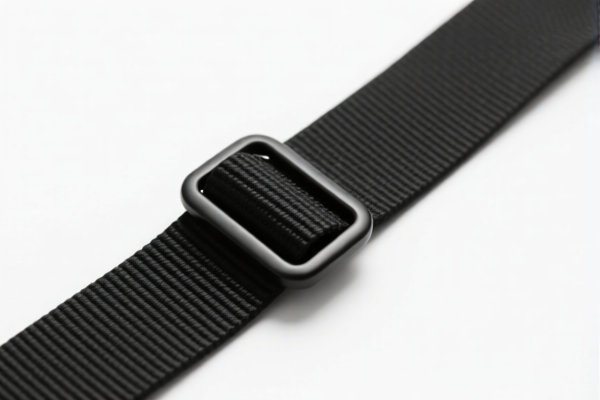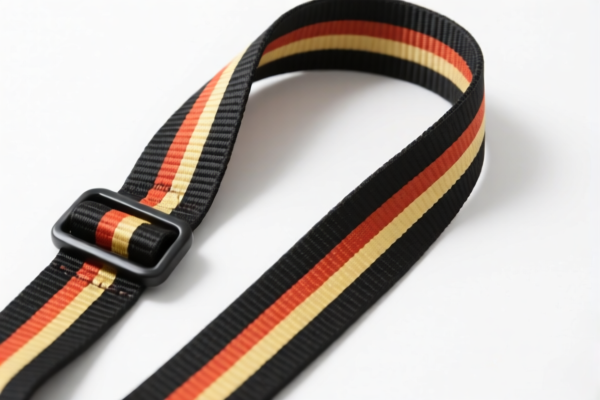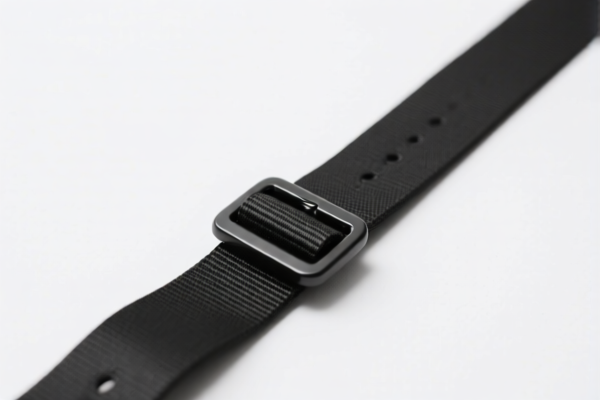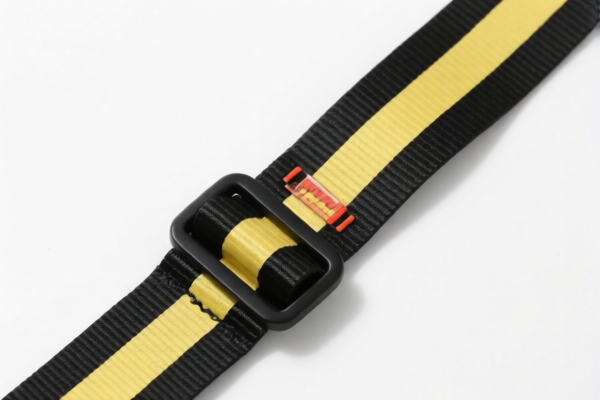| HS Code | Official Doc | Tariff Rate | Origin | Destination | Effective Date |
|---|---|---|---|---|---|
| 3926201010 | Doc | 30.0% | CN | US | 2025-05-12 |
| 3926909905 | Doc | 42.8% | CN | US | 2025-05-12 |
| 3916903000 | Doc | 61.5% | CN | US | 2025-05-12 |
| 3916905000 | Doc | 60.8% | CN | US | 2025-05-12 |
| 6507000000 | Doc | 55.0% | CN | US | 2025-05-12 |




Ear Strap
An ear strap is a component designed to secure an object to the ear, typically for support or retention. These straps are commonly found in a variety of applications, ranging from medical devices to personal protective equipment and audio accessories.
Material
Ear straps are manufactured from a diverse range of materials, selected based on the intended application's requirements for comfort, durability, and hygiene. Common materials include:
- Plastic: Polypropylene, polyethylene, and other plastics are frequently used for their low cost, flexibility, and ease of molding.
- Rubber/Elastomers: Silicone, latex, and thermoplastic elastomers (TPE) provide elasticity, comfort, and a secure fit. Silicone is favored for medical applications due to its biocompatibility.
- Fabric: Nylon, spandex, and other textiles are often used in conjunction with other materials to enhance comfort and reduce irritation, particularly in applications like masks.
- Metal: Stainless steel or titanium may be used in specialized applications requiring high strength or rigidity, such as hearing aids.
Purpose
The primary purpose of an ear strap is to hold an object in place on or around the ear. This can serve several functions:
- Retention: Keeping devices like headphones, earplugs, or hearing aids securely positioned.
- Support: Providing structural support for devices, preventing them from dislodging during movement.
- Hygiene: In the case of masks, maintaining a seal around the face to filter air.
- Comfort: Distributing weight and pressure to minimize discomfort during prolonged use.
Function
Ear straps function by utilizing the natural contours of the ear to create a secure attachment point. They typically employ one of the following mechanisms:
- Over-Ear: The strap loops over the top of the ear, relying on friction and the ear's shape to hold the device in place.
- Behind-Ear: The strap wraps around the back of the ear, providing a more secure and stable fit.
- In-Ear: Integrated into the design of the earplug or earpiece, providing a snug fit within the ear canal.
- Combination: Utilizing both over-ear and behind-ear configurations for enhanced stability.
Usage Scenarios
Ear straps are utilized in a broad spectrum of applications:
- Medical: Masks (surgical masks, N95 respirators), hearing aids, stethoscopes.
- Personal Protective Equipment (PPE): Respirators, safety glasses.
- Audio Accessories: Headphones, earbuds, earplugs.
- Sports & Recreation: Swim caps, diving masks, communication headsets.
- Communication: Walkie-talkie headsets, in-ear monitors.
Common Types
- Fixed Ear Straps: Non-adjustable straps with a pre-determined length and shape.
- Adjustable Ear Straps: Straps with buckles, sliders, or other mechanisms to customize the fit.
- Over-the-Head Straps: Straps that loop over the head in addition to the ears for enhanced security.
- Behind-the-Neck Straps: Straps that rest on the back of the neck, providing additional support and stability.
- Integrated Ear Straps: Straps that are molded directly into the design of the device.
- Replaceable Ear Straps: Straps designed to be easily replaced if damaged or worn.
Based on the provided information, the classification of “ear strap” requires careful consideration of its material and intended use. Here’s a breakdown of potentially relevant HS codes:
- 3926201010: This code covers “Other articles of plastics and articles of other materials of headings 3901 to 3914: Articles of apparel and clothing accessories (including gloves, mittens and mitts): Gloves, mittens and mitts: Seamless Surgical and medical”. If the ear strap is part of a surgical or medical mask, this HS code may be applicable. The total tax rate is 30.0%.
- 3926909905: This code covers “Other articles of plastics and articles of other materials of headings 3901 to 3914: Other: Other Elastic bands made wholly of plastics”. If the ear strap is an elastic band made entirely of plastic, this HS code is relevant. The total tax rate is 42.8%.
- 6507000000: This code covers “Headbands, linings, covers, hat foundations, hat frames, peaks (visors) and chin straps, for headgear”. If the ear strap is integrated into or designed for use with headgear (like a face shield or cap), this HS code could apply. The total tax rate is 55.0%.
It is important to determine the precise composition and application of the ear strap to ensure correct classification. If the ear strap is made of plastic and is part of a medical mask, HS code 3926201010 is most appropriate. If it’s a standalone elastic band, HS code 3926909905 is more suitable. If it’s part of headgear, HS code 6507000000 should be considered.
Customer Reviews
No reviews yet.